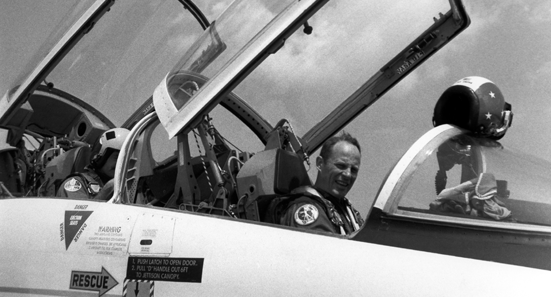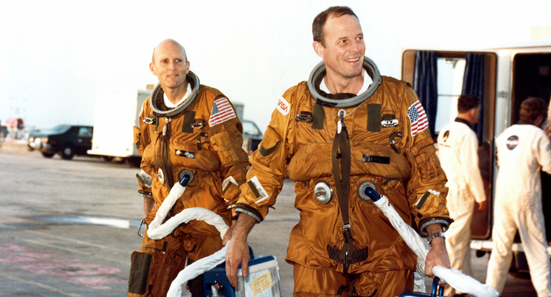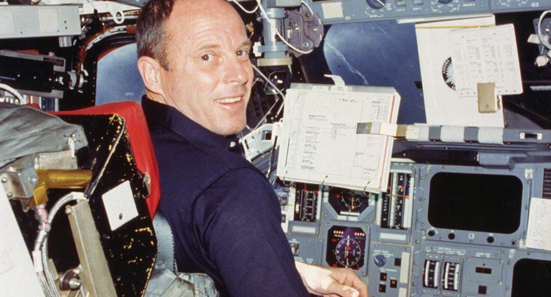


Graduating from high school in 1954, Gratia went north to nursing school in Flint while I remained in Ann Arbor, entered the UM, and lived at home. 'Back in the day', the purpose of a college degree was to prepare for a career in one's chosen profession, as opposed to seeking a social experience or pursuing a degree in some marginally productive passion. Professors taught classes and were tenured essentially free of personal political persuasion. My first-semester tuition at UM was an outrageous $95! The next semester, students rebelled when it was raised to $125. My tuition was covered by a $200 combined scholar/athletic scholarship. I also played freshman football, but we primarily provided "cannon-fodder" for the Varsity squad practice. In those days, college freshmen were barred from the Varsity team, and "limited substitution" was in effect, that is, one played both offense and defense. When a player was substituted, he could not return to the game until the next quarter or with some similar restriction. In my sophomore year, I lettered at Quarterback, but in the following year's pre-season practice my left elbow was dislocated, substantially damaged, and my football career was ended. This was difficult 'medicine to swallow', but the extra study time resulted in academic improvement. This was necessary because after my freshman year (1955), I had changed my major to Aeronautical Engineering; this was before the words "aerospace" and "astronaut" were invented. Academics now became more challenging, especially because I was now studying college physics and chemistry for the first time, struggling to keep up with my new peers who had the foresight to study these courses in high school. Incidentally, there were no computers at this time; we made our calculations with slide rules!
Meanwhile, Gratia had finished nursing school two years before I would graduate from UM, during which time we had become engaged. She became an operating room nurse at the UM Hospital, followed by a position as office manager and nurse for a prominent pediatric physician, in fact, the same doctor who had tended us as youngsters when doctors made house calls! Having been engaged for about a year, and with Gratia making the great sum of $200 per month, we were married at Grace Bible Church in Ann Arbor, Michigan, in June, 1956. With that great sum we rented an apartment, drove an old car, and paid our bills without parental assistance. We had time to ponder our future and had no plans to leave Ann Arbor. As Christians, however, we had accepted God's gift of Eternal Life through belief that the death and resurrection of His Son, Jesus Christ, was His way of forgiving us of our wrongdoings once and for all. The best decision we each ever made was to accept this gift, but we also learned He would direct the lives of His obedient followers according to His best plan, that is, a plan better than one we could devise by ourselves. We had already made choices and taken actions we believed were directed by Him, and we expected this to continue, so we asked for His guidance throughout our marriage and professional future. This is not a mysterious process, but it's one that is clearly articulated in the Bible as being the result of developing a personal, daily relationship with Him, rather than just for a few hours on Sunday or other 'convenient' time. It's a process in which He presents opportunities, arranges circumstances, and alters attitudes to enable our decisions about daily life and long-range planning. At this point, we felt we were acting according to His will and plan for lives, and we were standing by for further direction. In fact, I believe the aimless feeling I had about my freshman curriculum was God's way of directing me to change to Aeronautical Engineering. I was fascinated with airplane design, aerodynamics, power plants, stability and control, structures, and wind-tunnel testing. The profession was on the leading edge of technology, was very dynamic, and presented the probability of continued innovation for a lifetime of professional enjoyment and excitement. In fact, engineers from aircraft manufacturers like Boeing, Lockheed, McDonnell, and others would show up at our monthly aero class assemblies with dynamic movies (before camcorders, computers, and DVDs) of their latest jet fighters and weapon systems. I soon decided I would rather fly jet fighters than design them! That would require military service, but it was too late for me to enroll in ROTC. One day on campus, however, I noticed two impressive US Marine officers/recruiters with red-striped trousers and turtle-neck uniforms standing alongside posters of Marine tanks, trucks, rifles, and airplanes. After conferring with my new bride, of course, I signed up to be a US Marine pilot. All I had to do was to graduate with good grades and make it through twelve weeks of old-fashioned US Marine Boot Camp at Quantico, Virginia, during summer "vacation". Upon graduation, I was commissioned a Second Lieutenant in the US Marine Corps awaiting military orders to report for duty. This program, the Platoon Leaders Course, is still in existence and does not require military classes, formations, drills, or uniforms during the school year.
Coincidentally, the military and NASA were building and testing new rockets in the late 1950's, and the Soviets flew the first satellite (Sputnik) in 1957. I graduated with a B.S. in Aeronautical Engineering from UM in January, 1959, just three months prior to NASA's selection of the first astronauts, the Mercury 7, in April, 1959. I noted this with passing interest, realizing it would be a long time before I had the qualifications, if ever, to even consider such a career.


